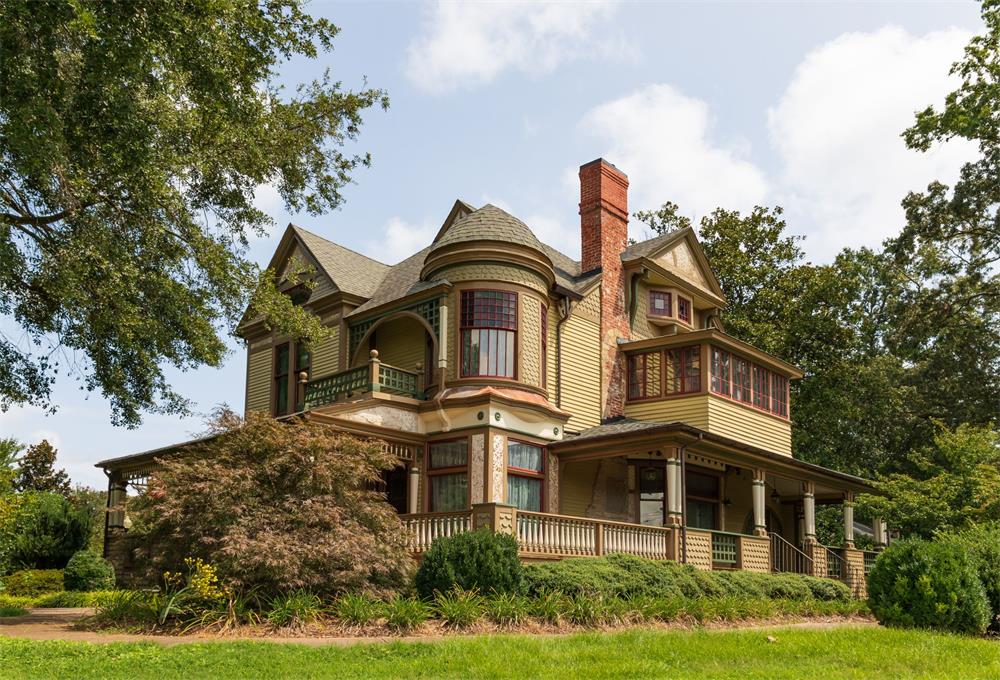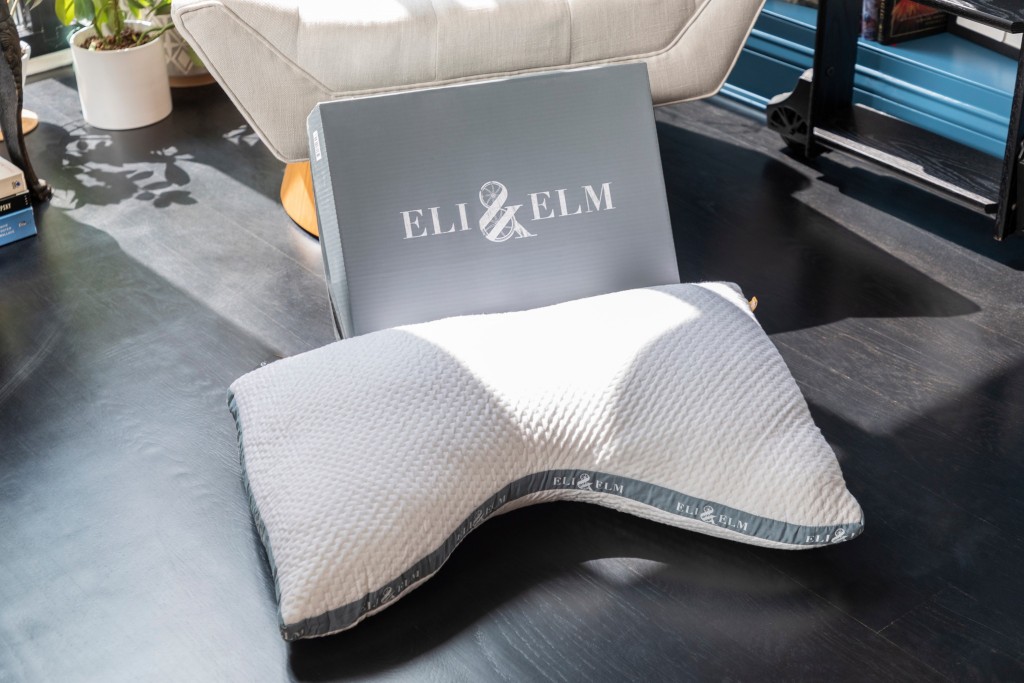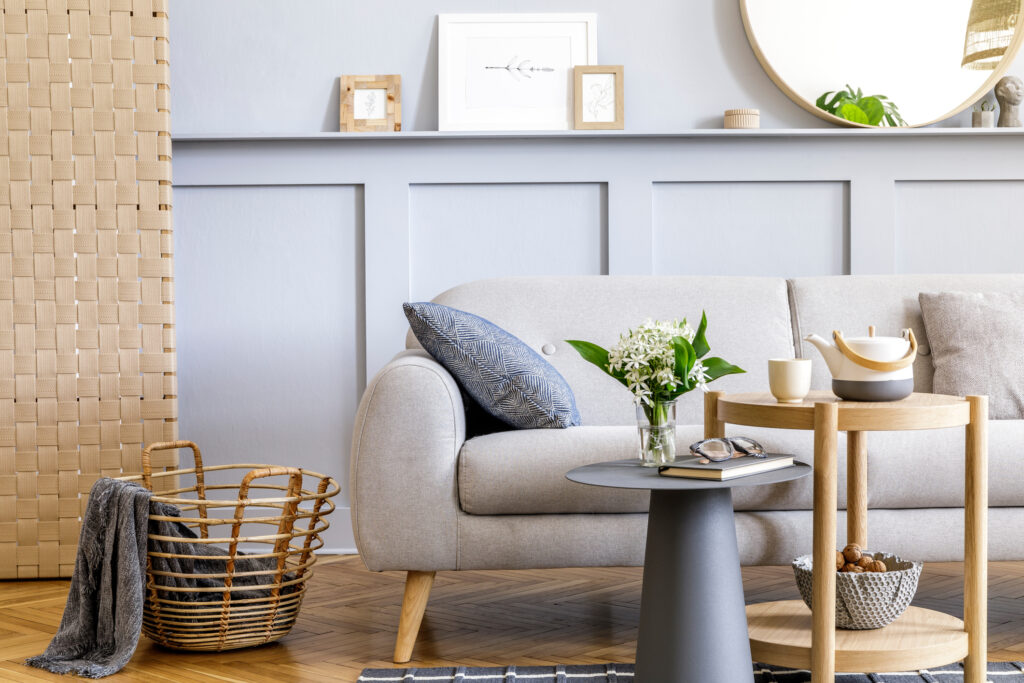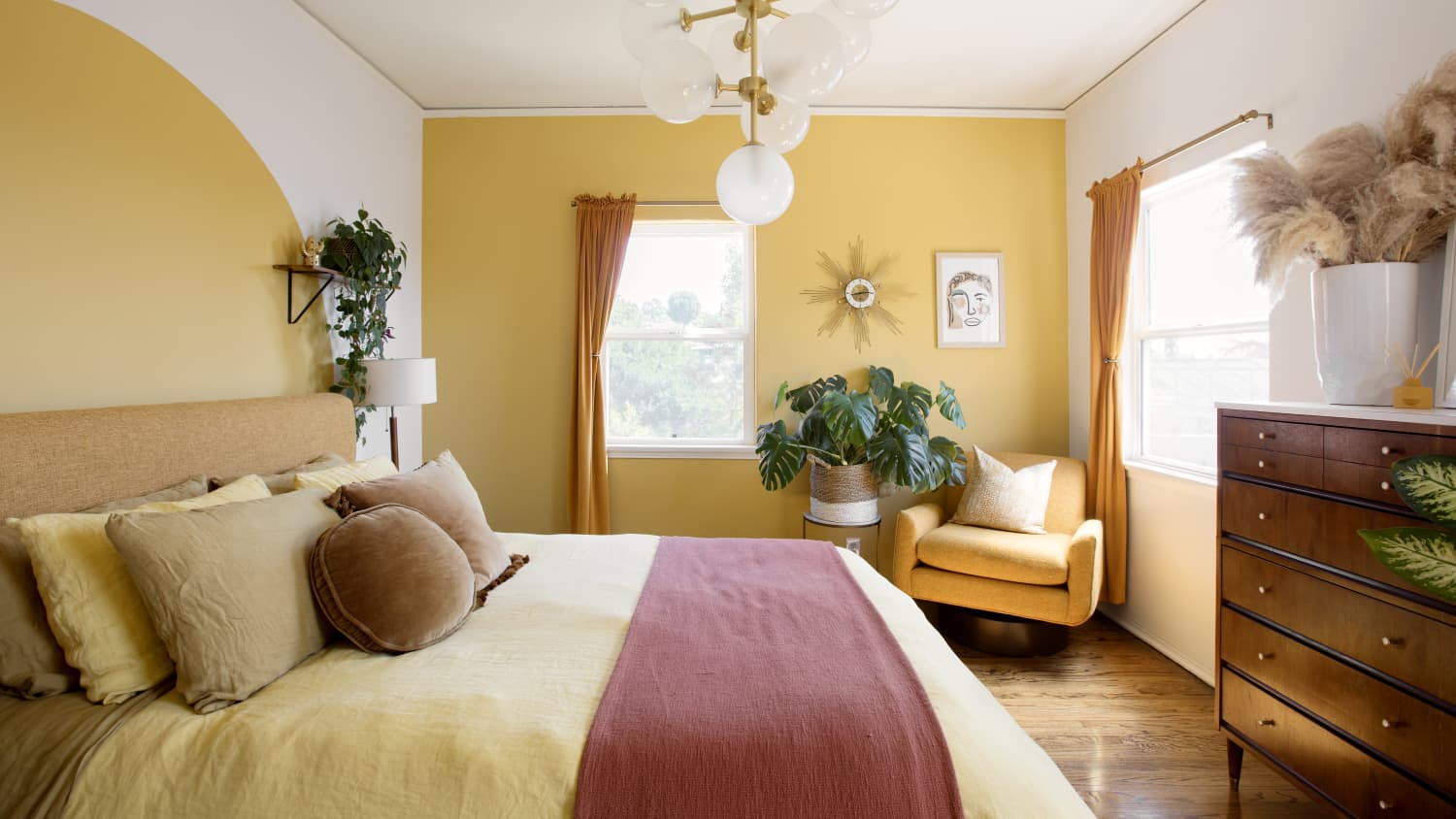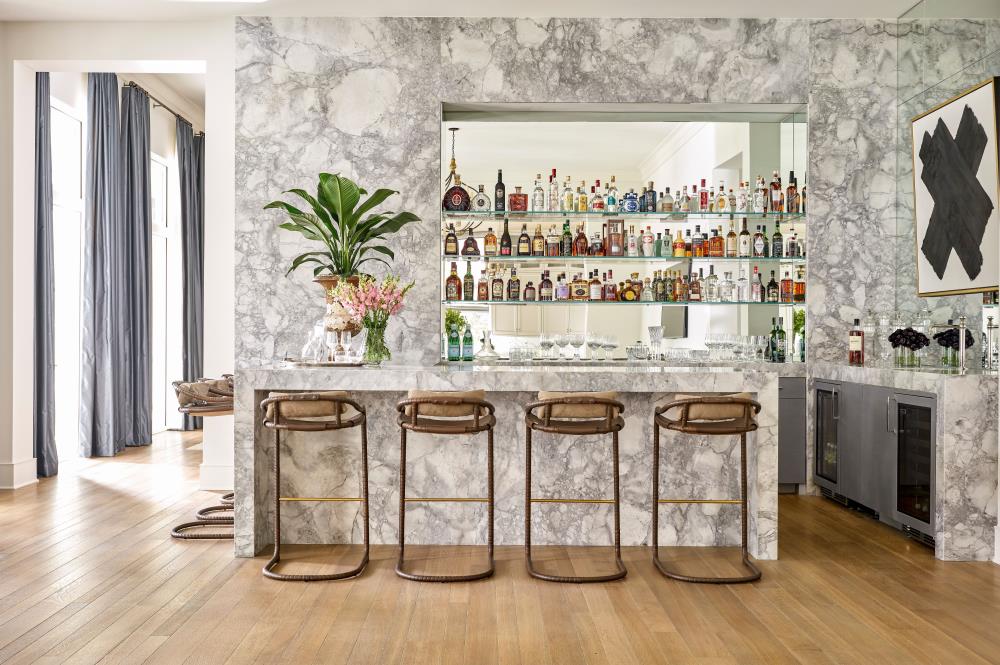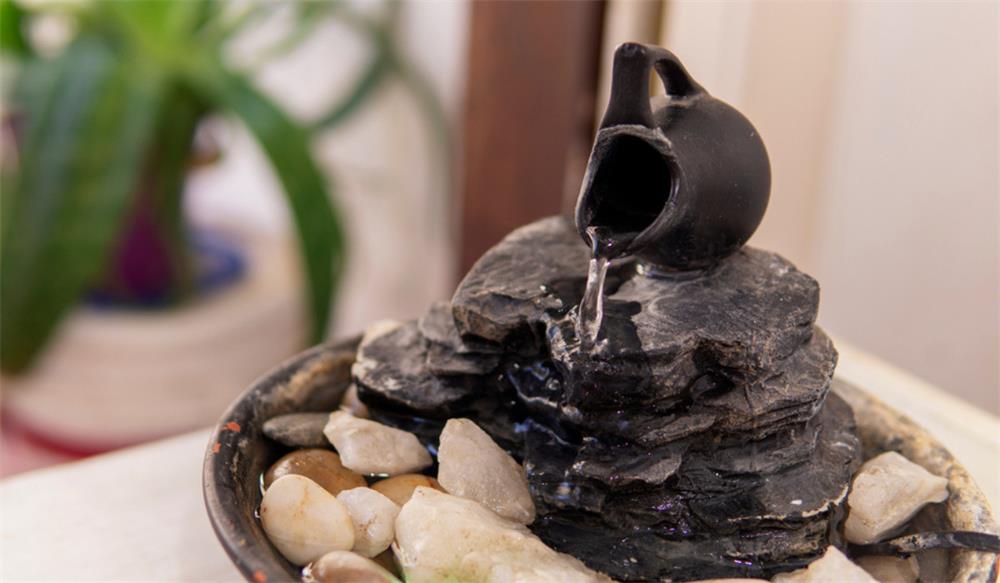If you’ve ever seen a house that looks like a gingerbread castle, you might have been looking at a Queen Anne-style house. These houses are among the most distinctive and eye-catching examples of Victorian architecture, with their asymmetrical facades, colorful paint schemes, and elaborate details. But what makes a house a Queen Anne-style house, and where did this style come from? Here’s everything you need to know about these whimsical and artistic houses.
What Is a Queen Anne-Style House?
A Queen Anne-style house is a type of Victorian-style house that has specific features, such as:
- An asymmetrical facade with towers, turrets, and steeply pitched roofs
- A prominent wraparound porch, often supported by columns
- Elaborate trim and latticework on the exterior
- A multicolored paint job (typically featuring three or more colors)
- Large windows throughout (including some transom windows, bay windows, and stained-glass windows)
- A heavy wood front door
The interior of a Queen Anne-style house may vary depending on whether it is a cottage or a mansion, but it usually has a single-story or multi-story living space with high ceilings, fireplaces, hardwood floors, and ornate moldings.
The History of Queen Anne-Style Houses
The name “Queen Anne” may be misleading, as these houses have little to do with the actual Queen Anne who ruled Britain from 1702 to 1714. The original Queen Anne-style architecture was a form of English Baroque that featured classical elements and symmetrical facades. However, in the 1870s, a revival of this style emerged in Britain that was more eclectic and asymmetrical. This new Queen Anne-style architecture was influenced by medieval and Gothic styles, as well as by the Arts and Crafts movement that emphasized craftsmanship and individuality.
The Queen Anne Revival style became popular in America from the 1880s to the 1910s, especially among wealthy homeowners who wanted to showcase their status and taste. The style was also adapted to suit different climates and regions, resulting in variations such as the Shingle style, the Stick style, and the Free Classic style. Some of the most famous examples of Queen Anne-style houses in America include the Carson Mansion in Eureka, California; the William Carson House in San Francisco; and the Painted Ladies in San Francisco.
Queen Anne-Style Houses vs. Victorian Houses
Queen Anne-style houses are a subtype of Victorian houses, which are houses that were built during the reign of Queen Victoria from 1837 to 1901. Victorian houses are characterized by their ornate details, turrets, steeply pitched roofs, and large windows. However, not all Victorian houses are Queen Anne-style houses. There are other styles of Victorian architecture, such as Gothic Revival, Italianate, Second Empire, Romanesque Revival, and Richardsonian Romanesque. These styles have different features and influences that distinguish them from Queen Anne-style houses.
One way to tell whether a house is a Queen Anne-style house or another type of Victorian house is to look at its facade. If it is asymmetrical and has a wraparound porch, towers, turrets, and multicolored paint, it is likely a Queen Anne-style house. If it is symmetrical and has a flat roof, arched windows, or mansard roofs, it is likely another type of Victorian house.
Queen Anne-Style Houses Today
Queen Anne-style houses are still admired today for their charm and character. Many of them have been preserved or restored by historic preservation groups or individual owners who appreciate their architectural value. Some of them have been converted into museums, bed-and-breakfasts, or other public attractions. However, some of them have also been demolished or neglected due to their high maintenance costs or changing tastes.
If you are interested in owning or visiting a Queen Anne-style house, you can find them in many cities and towns across America. You can also learn more about them by reading books or websites about Victorian architecture or by joining local historical societies or tours.

